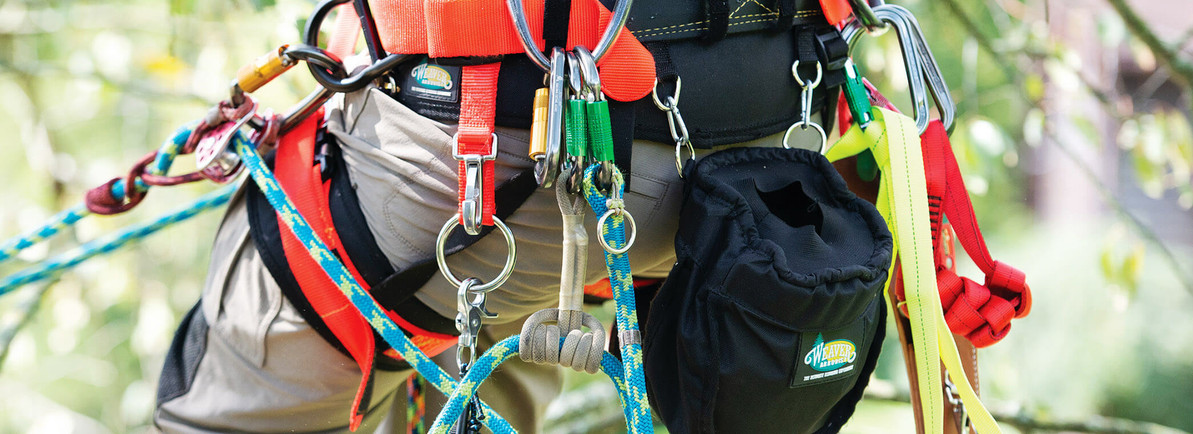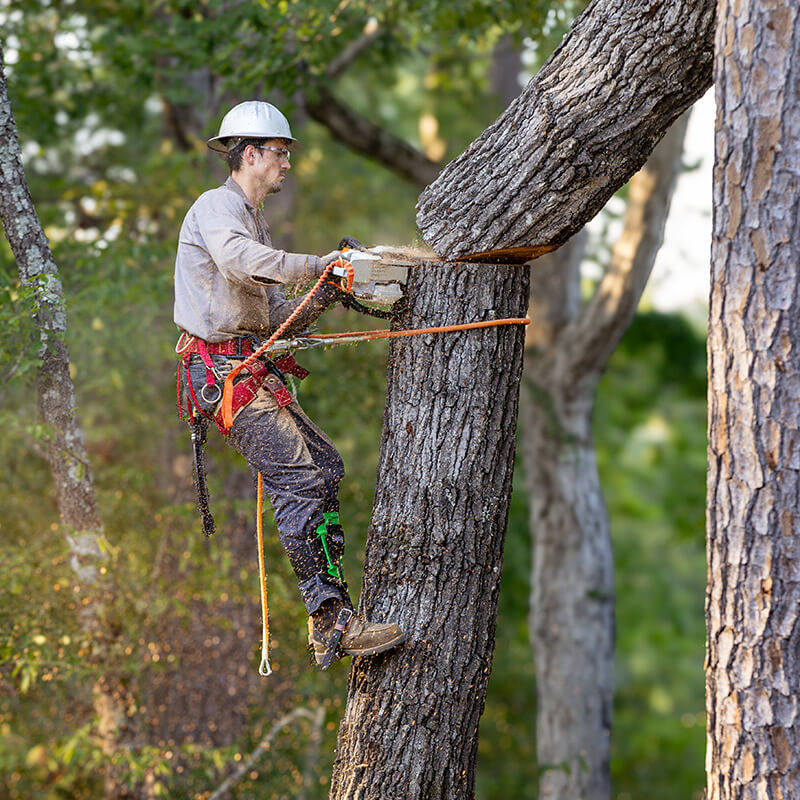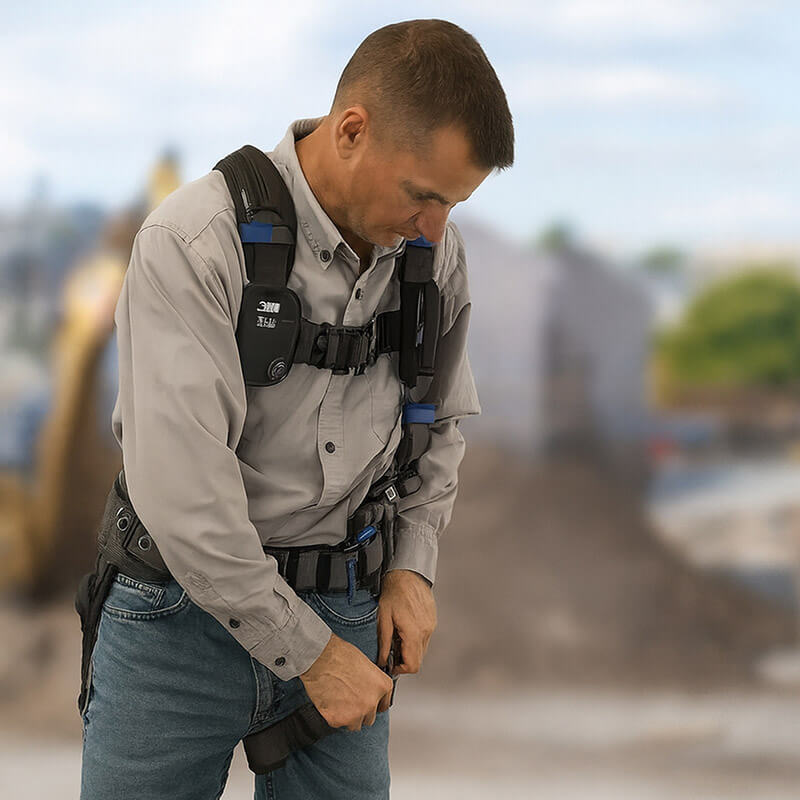What should be worn when climbing a tree?
Tree climbing is more than just a recreational activity—it's a skilled trade for many arborists, especially those working in residential and urban environments. Wearing the right gear is essential not only for comfort but also for protection against falls, cuts, and environmental hazards. The proper clothing and equipment will vary based on whether you're spur climbing or rope climbing, and also depend on your local climate and seasonal conditions.
Key Takeaways
- Understand the importance of proper tree climbing attire and safety gear.
- Choose clothing and equipment based on climbing method (spur vs. rope), weather, and job type.
- Wear protective gear to reduce the risk of injury, especially when using chainsaws aloft.
- Use seasonal layering strategies and breathable materials for year-round comfort.
- Inspect and maintain your equipment regularly for safety and longevity.
Climbing Method: Spur Climbing vs. Rope Climbing
Your clothing and gear choices may differ depending on the method of ascent:
- Spur Climbing: Typically used for removals. Requires durable climbing boots compatible with spurs and abrasion-resistant pants.
- Rope Climbing: Preferred for pruning and canopy access. Calls for lightweight, breathable clothing and a well-fitted harness system that won’t be hindered by bulky garments.
Upper Body Clothing
- Moisture-wicking base layers help regulate temperature and stay dry.
- Long-sleeve shirts provide protection from sun and abrasions.
- Layer up with fleece or softshell jackets for cooler weather.
- Avoid oversized clothing that can snag on branches or interfere with climbing gear.
Lower Body Clothing and Chainsaw Protection
Arborists working aloft often operate chainsaws, making leg protection critically important. Traditional chaps are still used, but modern climbers typically prefer lightweight pants with built-in chainsaw protection for better mobility and comfort in the tree.
- Durable climbing pants made with stretchable fabric offer excellent freedom of movement.
- Look for integrated chainsaw protection zones, especially in the front thigh area.
- Example: Elvex ArborPants offer Class 1 chainsaw protection in a lightweight, breathable design.
- Pants should fit securely to avoid snag hazards but still allow full range of motion.
Footwear for Tree Climbing
Footwear should be chosen based on the climbing style and type of work being done in the canopy:
- Spur Climbing: Heavy-duty climbing boots with strong ankle support and rigid soles for spur integration.
- Rope Climbing: Lightweight, grippy boots that are comfortable for extended periods and compatible with rope techniques.
- Boots should provide traction on bark and limbs and maintain stability while positioning.
Weather-Appropriate Clothing
- Hot Weather: Wear moisture-wicking, UV-resistant clothing and a ventilated helmet to reduce heat stress.
- Cold Weather: Use thermal layers, insulated gloves, and breathable but wind-resistant outerwear.
- Wet Weather: Waterproof jackets and pants are essential. Look for gear with sealed seams and fast-drying interior layers.
Protective Gear and Safety Equipment
- Helmet: A certified climbing helmet protects from falling limbs and impacts.
- Harness: Use a tree climbing saddle rated for professional arborist work. Comfort and adjustability are essential.
- Gloves: Protect against abrasions and improve rope handling. Choose gloves that balance grip and dexterity.
- Eye and Ear Protection: Safety glasses or visors and hearing protection should be worn when using chainsaws in the canopy.
What Not to Wear
- Baggy clothing or loose accessories that can snag on limbs or equipment.
- Cotton layers in cold or wet weather—cotton retains moisture and can lead to rapid heat loss.
- Improper footwear such as sneakers or old boots that lack support or traction.
Gear Maintenance and Inspection
- Clean harnesses, helmets, and gear regularly using mild soap and water. Avoid harsh chemicals.
- Store gear in a dry, shaded area, away from fuel, oil, or direct sunlight.
- Inspect carabiners, ropes, lanyards, and protective gear before each use. Replace any items showing wear, deformation, or degradation.
Conclusion
Professional tree work demands high-quality, purpose-built clothing and gear. Arborists must dress for movement, protection, and changing weather conditions—especially when using chainsaws while suspended in the canopy. Whether you’re spur climbing for removals or rope climbing for pruning, choose attire that supports your safety and comfort from the ground up.
Shop trusted gear from Bishop Lifting and explore our catalog for climbing pants, helmets, saddles, and complete tree climbing kits built for working arborists. Contact us today to find equipment tailored to your job site needs.
FAQ
- What gear is essential for safe tree climbing?
A certified helmet, climbing harness, gloves, chainsaw-protective pants, and appropriate boots are critical. Additional PPE depends on job scope. - What should I wear in hot or cold weather?
In hot conditions, use ventilated, sweat-wicking gear. For cold weather, use thermal base layers with wind-resistant outerwear. - Is chainsaw protection necessary for arborists?
Yes. Arborists who run chainsaws in trees should wear protective pants or chaps with certified chainsaw cut resistance built in. - Do I need different gear for spur vs. rope climbing?
Probably. While some gear can overlap, spur climbing often benefits from rigid boots and heavy-duty leg protection, whereas rope climbing typically favors lightweight, flexible clothing and gear for ease of movement. Many climbers choose gear that matches their most frequent type of work. - How do I maintain my tree climbing gear?
Clean regularly, inspect before each use, and store properly to extend lifespan and maintain safety ratings.
What is a Tree Climbing Harness Called?
Sep 22nd 2025
How Long Are DBI-SALA Harnesses Good For?
Sep 16th 2025
Bishop Lifting Expands to the Midwest with Acquisition of American Rigger’s Supply
Sep 5th 2025
What Are Synthetic Slings?
Sep 4th 2025
What Are the Four Components of a Fall Protection System?
Aug 29th 2025
Maxirider the New Standard in Personnel Lifting
Aug 28th 2025
What Equipment is Used for Rigging?
Aug 20th 2025
What Are Hoists Used For?
Aug 14th 2025
What is a Snatch Block?
Aug 5th 2025










